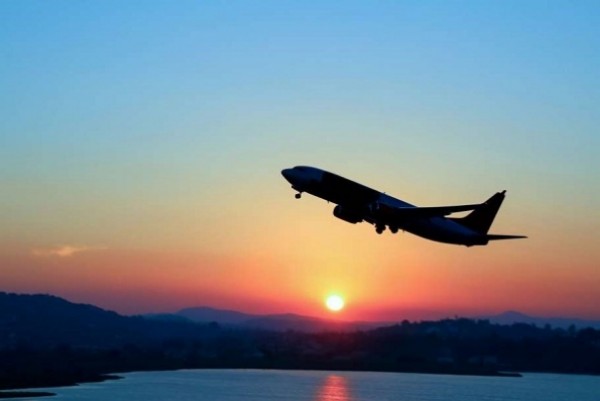| Chinese airlines turn to Asian flights | |

| Author: CSEBA / SEEbiz / Reuters |
| 24th November 2019 |
| BENGALURU/BEIJING - Chinese airlines are adding seats on short- and mid-range Asian flights in a strategic shift away from prestigious but loss-making North American routes to a market that promises better returns and growth. |
|
Over the past decade, the number of seats on U.S. routes operated by China’s top three state-owned carriers rose fourfold, but such breakneck expansion came at a price. The nation’s international aviation industry has been in the red for at least three years, with losses reaching 21.9 billion yuan ($3.13 billion) in 2018, according to recent China Air Transport Association data. In response, Chinese airlines are increasingly seeking growth closer to home. Out of 105 international routes that Chinese carriers plan to add to over 800 existing ones for the new winter-spring season, most focus on East Asia and Southeast Asia with some European routes also thrown into the mix. “Chinese carriers are now taking a more commercial approach to international services,” said John Grant, senior analyst at aviation data firm OAG. “If you could fly an aircraft for four hours and stay profitable compared to a 12-hour sector and not make any money, then you could do that thrice on a daily basis, thus making a better business sense.” For example, China Eastern (600115.SS) has recently received approvals to open new routes from tier-two cities of Qingdao and Chengdu to South Korea’s Cheongju-si and to Osaka in Japan. It will also fly Shanghai to Aomori Prefecture in Japan and from Xining to Japan’s Nagoya. Loong Air too received approval last month to open a new route linking Chengdu with Jakarta. Air China (601111.SS) has been operating a Beijing-Phnom Penh route since the start of this year and China Southern (600029.SS) has been flying from Guangzhou to Cebu in the Philippines since January. The airlines have not responded to requests for comment. And as demand on North American routes weakens, four Chinese airlines have dropped six U.S.-bound flights so far this year, according to aviation data provider Variflight. For example, Air China suspended Beijing-Hawaii flights in August while Xiamen Airlines suspended its Xiamen-Shenzhen-Seattle route. After a decade of double-digit growth, Chinese visitor numbers to the United States have fallen last year and the U.S. National Travel and Tourism office forecasts another 5% decline this year as a combination of a stronger dollar, China’s cooling economy and trade tensions between Beijing and Washington take their toll. U.S. Travel Association Chief Executive Roger Dow told Reuters the U.S. share of the global long-haul market has shrunk to 11.7% last year from 13.7% in 2015. In all, while the number of seats on flights to North America operated by China’s top three airlines, rose 2.9% in the past three years, the capacity on Southeast Asian and European routes jumped 30.6% and 34.6% respectively.
She added Air China and China Southern management expected Japan and Korea to contribute most capacity growth next year with slower growth in North America. Long-haul flights tend to be more lucrative for airlines because there is less competition from low-cost carriers than on short routes, which means higher fares can more than make up for higher cost of fuel, bigger planes and bigger crews. However, as Chinese airlines, backed by state and local government subsidies, chased market share they have driven their long-haul rates so low that they stand to make more money on international routes closer to home, experts say. OAG’s Grant says they can do that without much additional investment because latest generation wide-body aircraft can also work well on shorter routes. |
 |
|
| 23rd November 2024 | |
| China has good news for Croatian citizens | |
 |
|
| 7th November 2024 | |
| Pelagos net farm products presented at the Shanghai fai | |